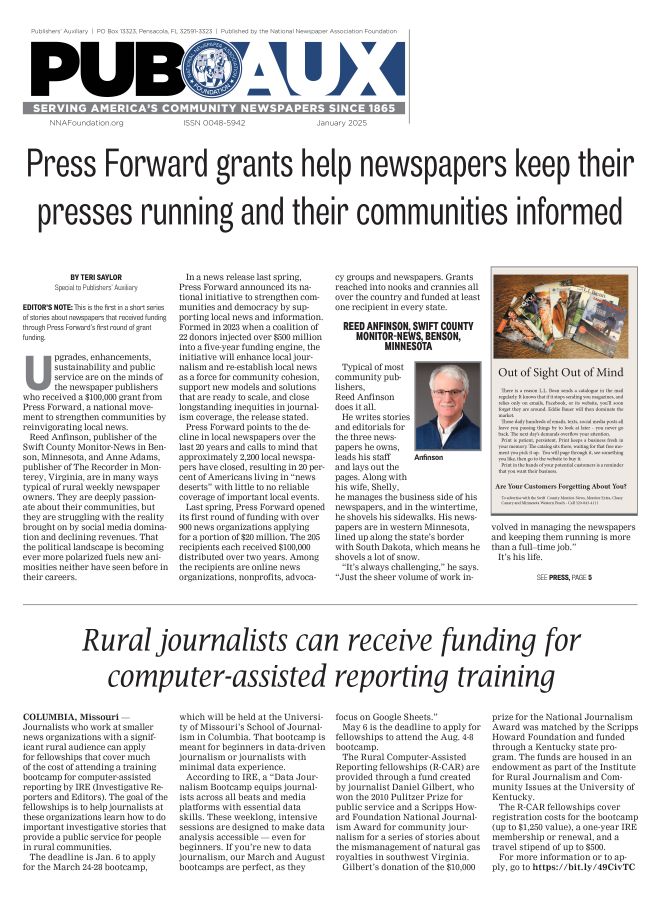Immigrant students face a tough road
Jun 1, 2015
By Paighten Harkins
NNAF News Fellow | University of Oklahoma
There is a distinction between asking someone where he or she was born and where he or she is from.
For Zaira Estrada, microbiology sophomore at the University of Oklahoma, she is from the U.S.: first Texas for a short time, then Enid, OK. But Estrada was born in Chihuahua, Chihuahua, Mexico. That caveat has made all the difference in her life.
Her parents crossed a bridge from Mexico with a single change of clothes and another baby on the way when Estrada was just a little more than 1 year old. Estrada doesn’t remember Mexico. However, the repercussions of her birthplace have followed her for her entire life, alienating her from her peers, and almost costing her an education.
Estrada is not alone in her struggle for higher education. In the U.S. there are approximately 3 million high-school aged undocumented immigrants. From that pool, about 65,000 graduate high school, and of that number only about 7.5 percent, or 4,875, make it to college, said Akash Patel, founder of the nonprofit Aspiring Americans. Financial struggles, lack of information and a general sense of hopelessness and fear prevent the other 92.5 percent of undocumented immigrants from going to college, Patel said.
That’s why, for Estrada and other undocumented students, being asked where she’s from is difficult, not because she doesn’t know the answer, but because current immigration laws complicate their answer and, relatedly, their lives.
“It makes me sad because if someone asked me where’s your home, the United States is my home,” Estrada said. Then she began to cry. “This is my home,” she said, her voice cracking.
That is where Patel and Aspiring Americans come in.
Patel created Aspiring Americans as the logical conclusion to his honors research thesis at Oklahoma University. The group aims to do a few main things: teach educators about the resources available to undocumented immigrants who are seeking higher education, give legal assistance to students seeking a deferred immigration status and helping to fund those students through grants and scholarships so they can go to college, Patel said.
The premise of Aspiring Americans is straightforward, Patel said. Students should be able to succeed.
In Oklahoma, there are about 75,000 undocumented immigrants, according to a report by the Pew Hispanic Center. If those people had access to education opportunities or work opportunities, the positive impact on the person is transferred to the community, Patel said.
“We only all win if these people are allowed to succeed,” Patel said.
Although Patel knows he can’t lobby to change immigration policy, he said Aspiring Americans “solves one piece of a big puzzle,” which is giving students and educators information about education opportunities.
Political gridlock
In 2006, the U.S. Senate passed a bill that would reform immigration to the U.S. through increasing border security and create a path to citizenship for undocumented immigrants. The U.S. House of Representatives didn’t take up that bill, and it died in the Senate.
In 2007, another comprehensive bill that was backed by then President George W. Bush and which had bipartisan support died during a Senate procedural vote. Soon after, the Senate declined to pass the Development, Relief, and Education for Alien Minors Act as a standalone measure.
Since then, no bills have been taken up in the House or the Senate to tackle the issue of comprehensive immigration reform. Acting on this inaction, White House officials said in an April news briefing, President Obama introduced a series of initiatives through executive action to improve immigration.
However, some Republican officials feel this was a step too far, including Rep. Tom Cole, R-Oklahoma, who said Obama moved forward against the advice of the then-incoming congressional leadership.
Cole said that although politicians on each side of the party line feel immigration reform is necessary, Obama’s decision to move forward unilaterally on the issue put it in contention with leaders because he politicized the immigration issue.
“As it is, he set off a political firestorm,” Cole said.
Another problem in passing comprehensive immigration reform is the sheer breadth of the issue, Cole said.
That’s part of the reason Cole thinks a step-by-step approach to immigration reform may be the best option, he said.
Regardless of what is holding immigration reform back, Patel says he doesn’t see politicians moving on the issue anytime soon. In the meantime, he’s going to work to fix the part of the problem he can: a lack of information and education about opportunities available to undocumented students.
Since February when Aspiring Americans filed for 501c3 status, the group has raised more than $100,000, which has been used to fund the non-profit as well as grants and scholarships for individuals to attend college.
This year, the group gave away four scholarships to individuals out of a pool of about 50 applicants, some of which applied from outside of Oklahoma.
The group also awarded two discretionary scholarships for students who had their financial aid revoked because of their immigration status, Patel said. One of those recipients was Estrada, who is attending OU in part because of the scholarship.
Impacts of higher education on undocumented immigrants
Although Estrada finally arrived at OU, many students in Estrada’s situation are weighed down by hopelessness or a lack of information.
“It feels like you’re going against the current for the longest time,” Estrada said.
Yet, if students can get past that, that makes a difference in not only their lives, but in their communities as well, Patel said.
In 2010, undocumented immigrants in Oklahoma paid about $70.7 million in state and local taxes, according to data from the Immigration Policy Center.
If all undocumented immigrants were taken out of Oklahoma, the state would lose $580.3 million in economic activity, $257.8 million in gross state product and more than 4,500 jobs, according to the data.
If more undocumented immigrants had access to education, or knew about educational opportunities, Patel said, they would contribute more to the economy through taxes, purchasing power and job creation.
“We want those investments and opportunities for the community because if these individuals are thriving, so is the community they live in,” Patel said.
Outside of education, in a 10-year potential economic impact report from the Center for American Progress, comprehensive immigration reform would increase the U.S.’s gross domestic product by $1.2 trillion.
Although some people are worried about the negative economic impact of undocumented immigration, such as extra burdens on schools and hospitals, the economic impacts, Cole said, are mostly positive.
A path to higher education
Like many undocumented students, Estrada wasn’t sure what educational opportunities she would have outside of high school, but she knew she had to try if she wanted to succeed.
During high school, Estrada took as many advanced placement classes as she could on top of a concurrent class, which she had to pay non-resident tuition for, through the local university.
After that, she stayed in Enid for a year, taking classes at the community college, working the equivalent of a full-time job on the weekends at a nursing to pay for it. How’d she do it?
“No sleep,” she said.
Eventually Estrada, who was studying microbiology, outgrew the community college and wanted to go someplace she could get a better education.
Thinking OU was too expensive, she sought other options, eventually landing on Oklahoma Christian University, where she was offered over $19,000 in financial aid. With that money, she knew she could go to college.
“So then August came around,” Estrada said, sighing.
That’s when school officials called her to say they’d made a mistake, that they couldn’t honor the $19,500 she’d been promised because she wasn’t a resident, despite her deferred status through Deferred Action for Childhood Arrivals, one part of Obama’s executive action on immigration reform.
“I just cried. I called my mom and I just cried more,” she said.
After that, Estrada called hundreds of groups asking for donations and telling her story. Her family made hundreds of tamales every weekend and sold them to raise funds. In all, they raised more than $10,000 to put Estrada through her first semester at Oklahoma Christian University. Soon, though, Estrada realized that was unsustainable.
That’s when she met Patel, who told her about OU and Aspiring Americans, and from there, the rest is history. Now Estrada is a student at OU, studying microbiology and planning to research with professors in the coming semesters.







